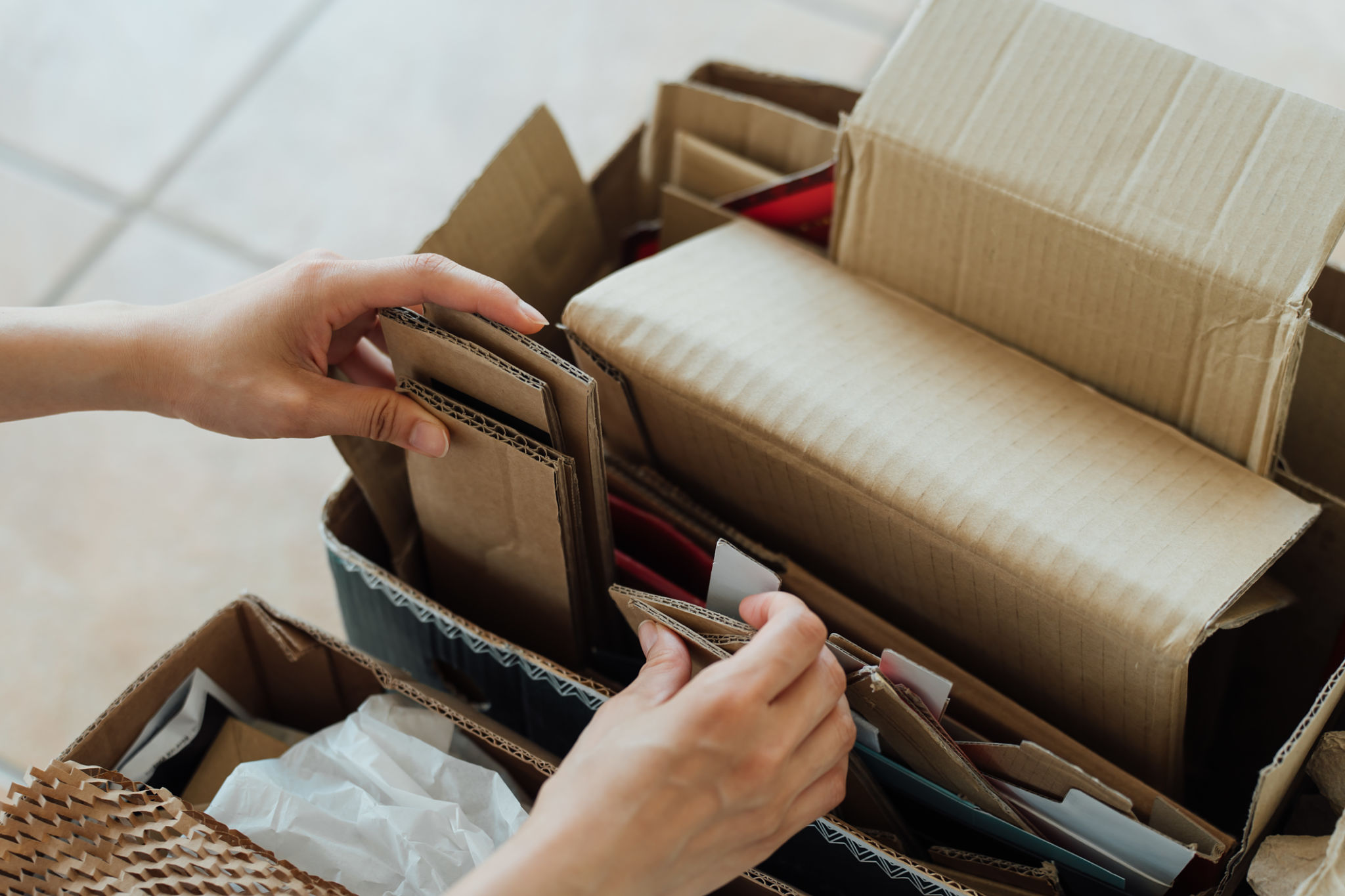Comparing Traditional vs. Reusable Packaging: Which is Better for Your Business?
Understanding Traditional Packaging
Traditional packaging has long been the backbone of product distribution, offering businesses an efficient way to protect and present their goods. It often involves materials such as plastic, cardboard, and glass, chosen for their ability to preserve products and maintain quality during transportation. Many businesses rely on traditional packaging due to its established supply chains and cost-effectiveness.
However, traditional packaging comes with environmental concerns. The production and disposal of these materials contribute significantly to pollution and waste. As consumers become more environmentally conscious, businesses are under increasing pressure to find sustainable alternatives.

The Rise of Reusable Packaging
Reusable packaging is gaining traction as a sustainable solution that addresses many environmental issues associated with traditional packaging. It involves materials designed for multiple uses, reducing the need for single-use products. Examples include glass jars, metal tins, and durable plastic containers that can be returned and refilled.
Implementing reusable packaging can enhance a brand’s image by aligning with eco-friendly values. Consumers are increasingly favoring brands that demonstrate environmental responsibility. By adopting reusable packaging, businesses can appeal to this growing market segment and potentially increase customer loyalty.

Cost Considerations
One of the critical factors businesses must consider when choosing between traditional and reusable packaging is cost. Traditional packaging often appears cheaper upfront due to lower production costs. However, the long-term expenses, including waste management and environmental impact fees, can add up.
Reusable packaging may require a higher initial investment, but it can lead to savings in the long run. By reducing the need for constant repurchasing of packaging materials, businesses can lower their overall expenses. Additionally, many companies find that consumers are willing to pay a premium for sustainably packaged products, helping offset the initial costs.
Operational Changes
Transitioning to reusable packaging may necessitate changes in business operations. Companies must establish systems for collecting, cleaning, and redistributing packaging. This shift requires investment in infrastructure and potentially retraining staff to handle new processes.
Despite these challenges, the operational changes can lead to increased efficiency and reduced waste. Streamlined processes can improve inventory management and create opportunities for innovation in product delivery.

Consumer Perception and Branding
Consumer perception plays a significant role in the success of a packaging strategy. Traditional packaging might be seen as outdated or environmentally unfriendly by modern consumers. In contrast, reusable packaging can enhance a brand's image by demonstrating a commitment to sustainability.
Brands that adopt reusable packaging often enjoy positive media attention and consumer praise, which can translate into increased brand loyalty and sales. As sustainability becomes a significant factor in purchasing decisions, aligning with these values can provide a competitive edge.
Environmental Impact
The environmental impact of packaging choices cannot be overstated. Traditional packaging contributes significantly to landfill waste and pollution, whereas reusable options offer a more sustainable alternative. By reducing waste and conserving resources, reusable packaging supports broader environmental objectives.
Businesses that prioritize environmental sustainability not only benefit the planet but also align with regulatory trends. Many regions are implementing stricter regulations on waste management, making sustainable practices increasingly advantageous.

Conclusion
Choosing between traditional and reusable packaging involves weighing numerous factors, including cost, consumer expectations, and environmental impact. While traditional packaging remains prevalent due to its cost-efficiency and convenience, the shift towards reusable options offers significant benefits for businesses aiming to enhance their sustainability profile.
Ultimately, the decision will depend on a company’s specific goals, resources, and customer base. By carefully considering these elements, businesses can select the packaging strategy that best aligns with their values and market positioning.
